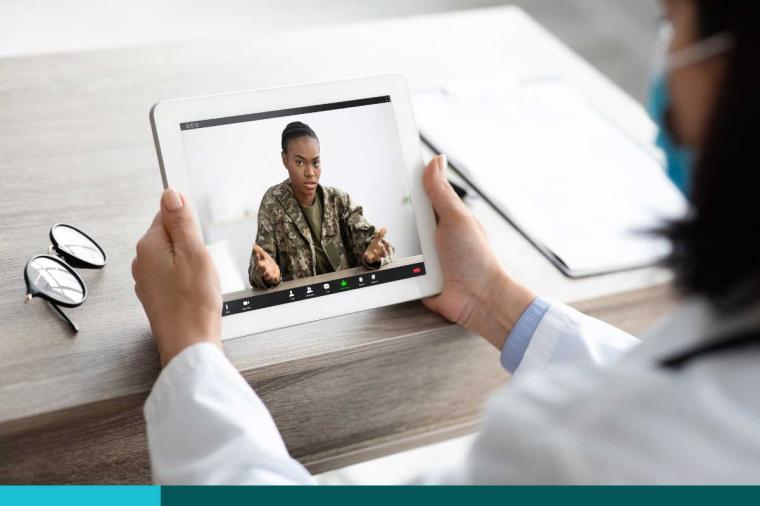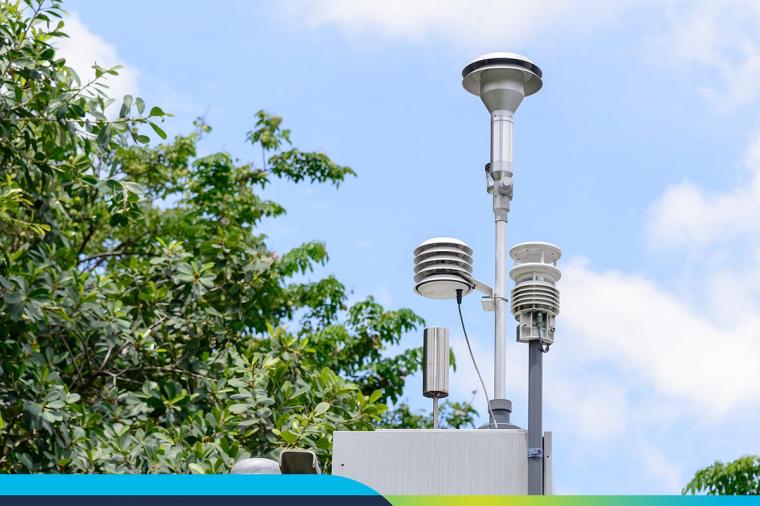The Five Elements of Application Performance Management

Every federal IT pro understands the importance of network monitoring, systems management, database performance monitoring, and other essential functions. The IT infrastructure must be working optimally to ensure overall performance.
What about application performance?
The reality is, even with a lightning-fast infrastructure, if application performance is poor, then end-users will have a poor experience. Proper application performance management (APM) is vital for identifying application performance issues and ensuring that applications maintain an expected level of service.
Understanding the importance of application management begs the question: How do federal IT pros ensure applications are performing optimally?
The five most important elements of application performance management have been identified as end-user experience monitoring, runtime application architecture discovery, user-defined transaction profiling, component deep-dive monitoring, and analytics.
The Five Elements
End-User Experience Monitoring
This should be the primary focus of a federal IT pro’s APM efforts. End-user experience monitoring tools gather information on the user’s interaction with the application and help identify any problems that are having a negative impact on the end-user’s experience.
There are many things that can affect the user experience, and as government has embraced the cloud, it’s important to find a tool that can monitor both on-premises and hosted applications. It’s also helpful to consider a tool that allows for instant changes to network links or external servers if either or both of these are compromising the end-user experience.
Runtime Application Architecture Discovery
This piece of APM looks at the hardware and software components involved in application execution—as well as the paths they use to communicate—to help pinpoint problems and establish their scope.
With the complexity of today’s networks, discovering and displaying all the components that contribute to application performance is a hefty task. As such, it is important to choose a monitoring tool that provides real-time insight into the application delivery infrastructure.
The best tools will go one step further and provide the ability for federal IT pros to visualize this application architecture on the same console that provides insight to the end-user experience. This will not only provide a more complete picture, it will also allow the IT team to interact with different aspects of the APM solution quickly, efficiently, and effectively.
User-Defined Transaction Profiling
Just as it is important to identify the software, hardware, and communication path that application traffic takes throughout the networks, it is equally important to understand user-defined transactions as they traverse the architecture.
This third step will help ensure two things. First, it will allow federal IT pros to trace events as they occur across the various components. Second, it will provide an understanding of where and when events are occurring, and whether they are occurring as efficiently as possible.
Component Deep-Dive Monitoring
This step provides an in-depth understanding of the components and pathways discovered in previous steps. In a nutshell, the federal IT pro conducts in-depth monitoring of the resources used by, and events occurring within, the application performance infrastructure.
Analytics
Finally, as with any IT scenario, having information is one thing; understanding it is another.
APM analytics tools allow federal IT pros to:
• Set a performance baseline that provides an understanding of current and historical performance, and set an expectation of what a “normal” application workload is
• Quickly identify, pinpoint, and eliminate application performance issues based on historical/baseline data
• Anticipate and mitigate potential future issues through actionable patterns
• Identify areas for improvement by mapping infrastructure changes to performance changes
Conclusion
When choosing APM tools, consider the agency’s current technical environment. A lag in performance necessitates a prompt response. Be sure your APM tools provide continuous monitoring as well as real-time, transaction-oriented information.
It is equally important to choose a set of APM tools that integrate with one another. Having visibility across all pieces of the application environment is critical to having a complete understanding of application performance and helping ensure application optimization.
*Article by Paul Parker, Chief Technologist – Federal & National Government, SolarWinds

















































